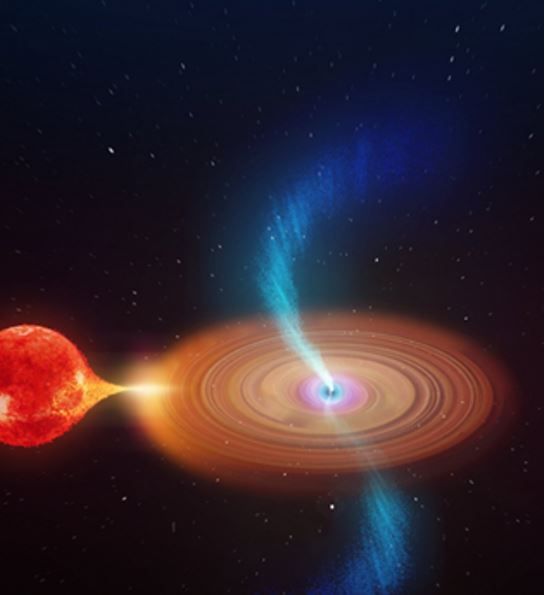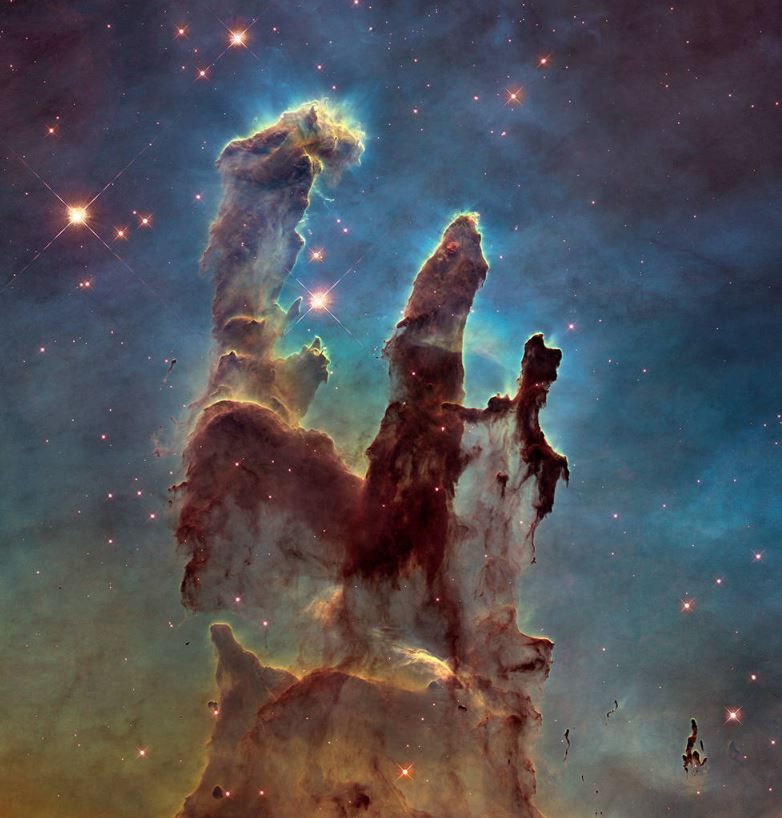“There is too much space on a molecular and astronomical level that we don’t understand to actually say we know much of anything of this universe.” Tom Pearson -Nov. 8th, 2009
In the beginning God created heaven and the earth. To theologians this is fundamental principle to how the universe was created. The Bible provided simple explanations to simple people through metaphors for their time and place in the world. Imagine how accepting and applicable the Bible would have been 2700 years ago if words like fusion, atoms, nuclear force and black holes were used to describe the creation of the universe. I imagine in 1000 years from now, these words will also become as metaphoric as “waste and void” and “formed man of the dust of the ground” sounds like today. We know more about the universe then our ancestors, so it is appropriate for us to expand upon these metaphors.
The beginning and the end to the universe is not as important to the unified theory of cosmology design as is the cycle the universe goes through and has been repeated for as long as time has been in existence. As scientist we define energy as being neither created nor destroyed, only transferred from one form to another. How then can there be an end to energy or even a beginning?
Stars are the creator of all elements known except for hydrogen and helium. These are the two simplest elements known to man. Hydrogen atoms combines with the fusion process in a star to create all the other elements. The heat and light energy a star gives off is produced from hydrogen as it is changed into helium. As a star starts to run out of hydrogen and helium it starts to fuse helium into more complex and heavier elements such as carbon, nitrogen, oxygen and even iron in the largest stars. Heavier elements such as nickel, silver, and gold are created in less than one second during the explosion process when a star dies in a supernova. Stars have created all the heavier elements that make up the earth, planets and all matter including us.
Supernova
During a supernova explosion, when the core collapse from gravity, a star transforms many of the lighter elements into the heavier elements that our earth and planets are made. All the energy from the star is now in the form of elements that we know on the periodic table. There is immense amount of energy in all the elements around us including ourselves. Unlocking this energy is the difficult task. We can easily transform hydrogen into energy through space as heat and light, but how do we transfer iron back into heat or light energy. We don't because we do not truly understand the nuclear forces that lock protons, neutrons and electrons together or have the technology to release the energy. The theory of relativity states that energy = mass times the speed of light squared (E=MC^2). However, this law of physics breaks down and doesn’t work at the nuclear level or at the atom because this equation approximates the forces of the universe and is best used to describe larger objects where the error factor is the smallest. On the nuclear or atomic level this error is large and completely breaks down to become invalid. If E=MC^2 fully describe the nuclear and astronomy forces, then we would be able to change iron back into hydrogen.
If we except that stars are the creators of all complex elements, then where do stars come from? Hubble telescope images have shown us they come from immense star nurseries light years wide made of hydrogen. But where does the hydrogen come from? Was it here from the beginning? Maybe or maybe, they were made from smaller particles, even smaller than electrons, protons and neutrons we know about today. Hydrogen could be the by-product of all the element that Black holes swallow as star matter.

Black Holes
Black holes seem to be the universe’s destroyer of atoms. Currently we cannot directly sense black holes with our capabilities but the attributes that describe them are all around us. Black holes undo what the stars have made. They strip away the heavier elements into simpler lighter elements until they are separated to the nuclear level of protons, neutrons and electrons and probably even further. These basic nuclear structures are then pushed out of the other end of the black hole and are reformed quickly by nuclear forces into the simplest element known to man, hydrogen. Then the gravity force forms clusters of hydrogen nurseries where stars are made and the process of creating heavier elements through fusion starts again.
The Order of the Universe
The moon revolves around the earth. The earth revolves around the sun. The sun revolves around the largest black hole in the galaxy, the Milky Way black hole. The Milky Way continuously expands from the universe Big Bang black hole. God created the Big Bang black hole. Who or what else could have done it? That IS the question as our knowledge of the universe expands.


Member discussion: